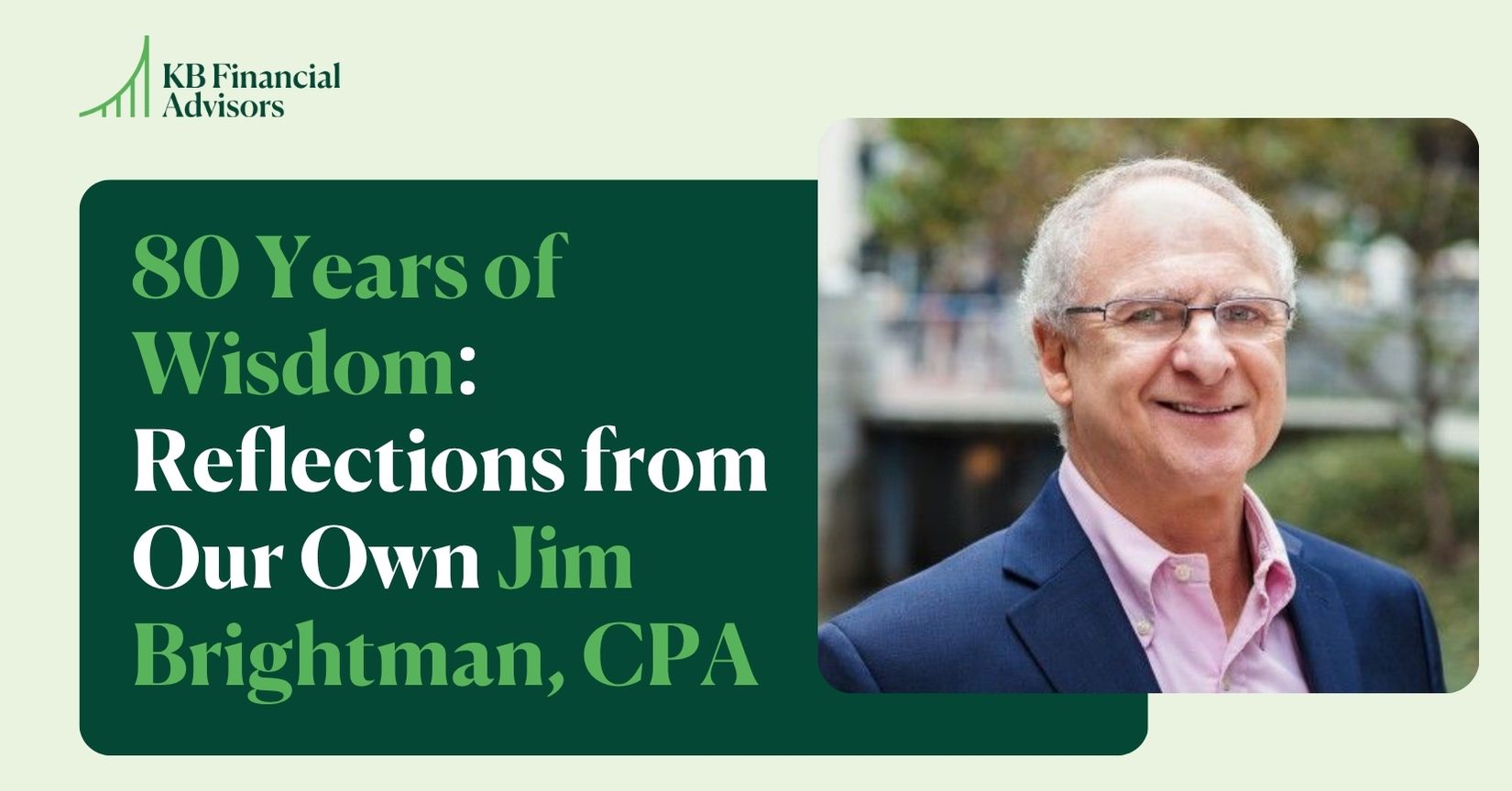If you’ve heard it once, you’ve heard it a million times:
Start saving when you’re young.
Every financial planner *loves* to paint the picture of the guy who started contributing to his retirement fund at age 22 when he got his first “real” job, but the reality is… nobody does that. (Well, almost nobody.)
I appreciate their point: the power of compound interest is very real, and it is motivating to start saving sooner rather than putting it off.
But…
What if you find yourself in the position that many adults are in… which is feeling (or knowing) you’re significantly behind on your investment strategy and retirement savings?
How do you catch up on your retirement savings when you’re not 22 anymore… and the need to retire is no longer a future fantasy, but something that’s inching closer to you year by year, month by month?
Short of resigning yourself to a life of retirement poverty, you’re going to have to play catch up on your retirement plan.

The good news is, this is entirely possible, and I’ve got a handful of my favorite tactics for you below.
1. Allocate debt payments to retirement
If you’re paying off any high-interest debt at the moment (like consumer credit cards), make a plan to get out of that debt ASAP.
Then, once you’re out of debt, use the money you normally allocated each month to those debt payments to fund your retirement accounts. To take this a step further, do the same with low-interest debt when you pay off a loan; like for your car or your house.
2. Use all your IRA options and max out as many as possible
A lot of times, people realize they’re behind on their retirement savings because all they’ve been doing is contributing enough to get the company match for their 401(k). And while a company match is great, it’s usually not enough to set you up for a happy retirement.
Fortunately, you’ve got more than just your 401(k) to build your nest egg and get you to retirement bliss. There are seven different types of IRAs (individual retirement accounts), and most people can use at least a few of them.
Talk to your financial advisor about which accounts are best for you, and which ones will help you get the most return, and should therefore be maxed out before others.
3. Stick to a savings percentage
A good financial advisor can help you figure out exactly what your monthly savings percentage should be… depending on how much and how quickly you want to catch up on your retirement savings goal.
A good rule of thumb, though, is if you’re in your 30s and didn’t save much in your 20s, is to put aside 15% of your paycheck towards your different retirement funds.
4. Save half of every promotion, bonus, or raise
This is a piece of advice Landon likes to give, but I love it too:
To sustainably and substantially build wealth, save 50% of every promotion, bonus, or raise you receive. This way, you’re saving a significant amount, but without feeling the “pinch” on your monthly budget most people associate with saving.
5. Take advantage of catch-up contributions
If you’re over 50, catch-up contributions were designed to help you reach your retirement goals if you didn’t save as much as you should have when you were younger.
The amount you’re allowed to “catch up” on retirement savings will depend on the type of retirement account you’re using, but in 2022, the IRS allows people 50 and older to contribute an additional:
- $6,500 to a 401(k)
- $3,000 to a SIMPLE IRA
- $1,000 to a Roth IRA
Get 1:1 Financial Advice for Your Situation
Please keep in mind that the above tactics are possibilities of what you can do, and are not individualized, tailored financial advice. No financial advisor, no matter how good they are, can give you the best advice for your situation without talking to you first.
If catching up on your retirement savings, or getting a plan together to make sure you stay on track during your working years is a priority for you, book a call with us to talk about how we can help you do that.



